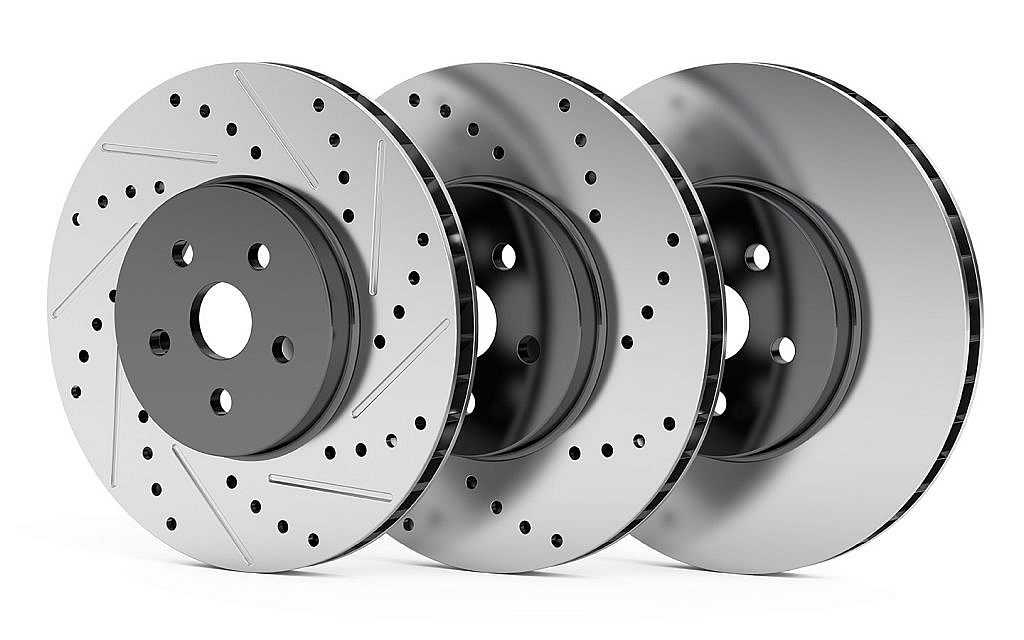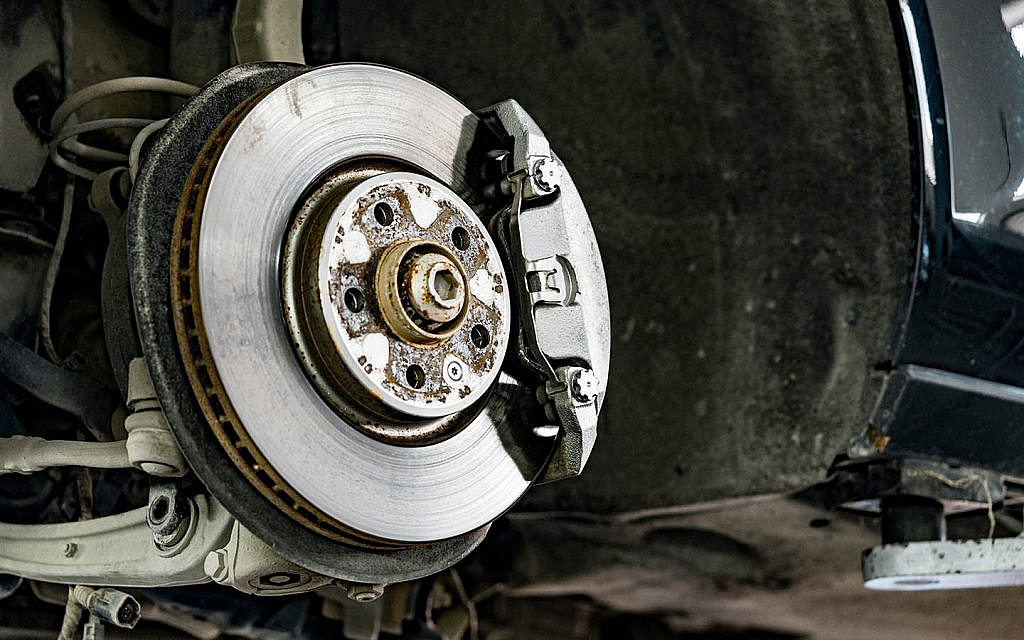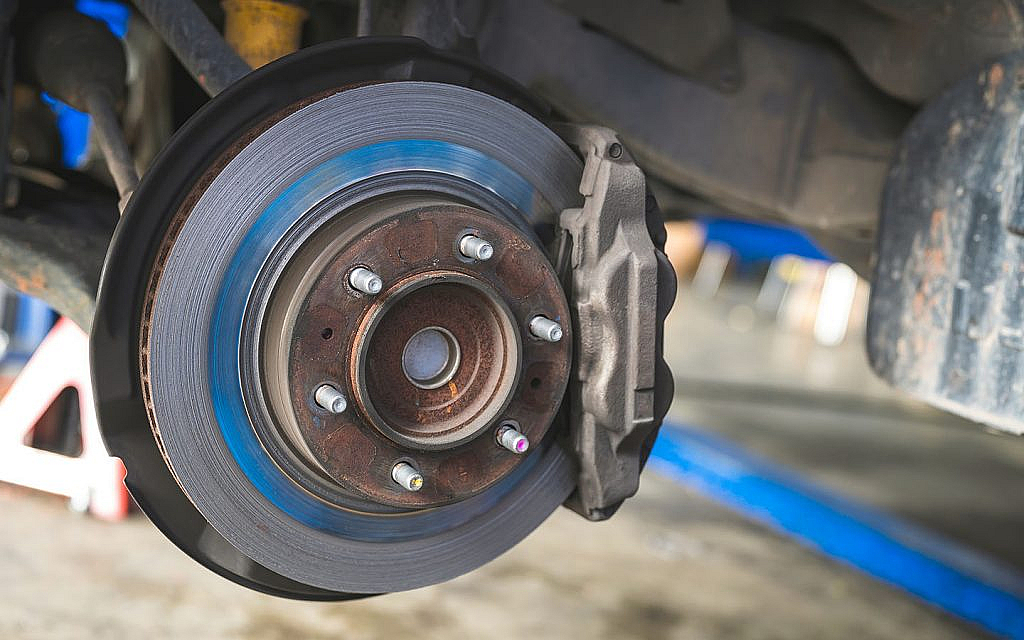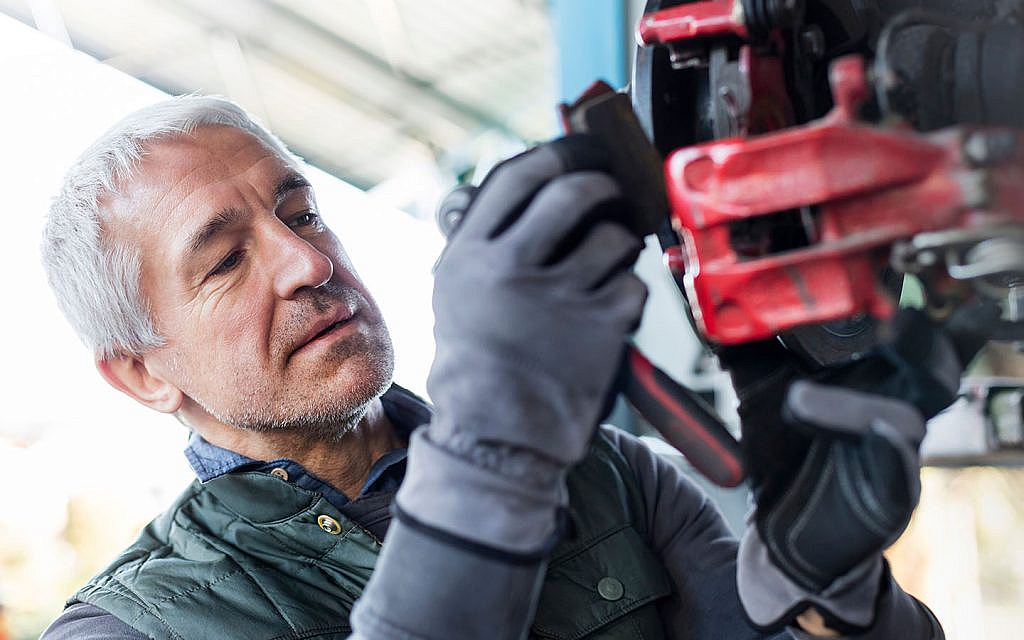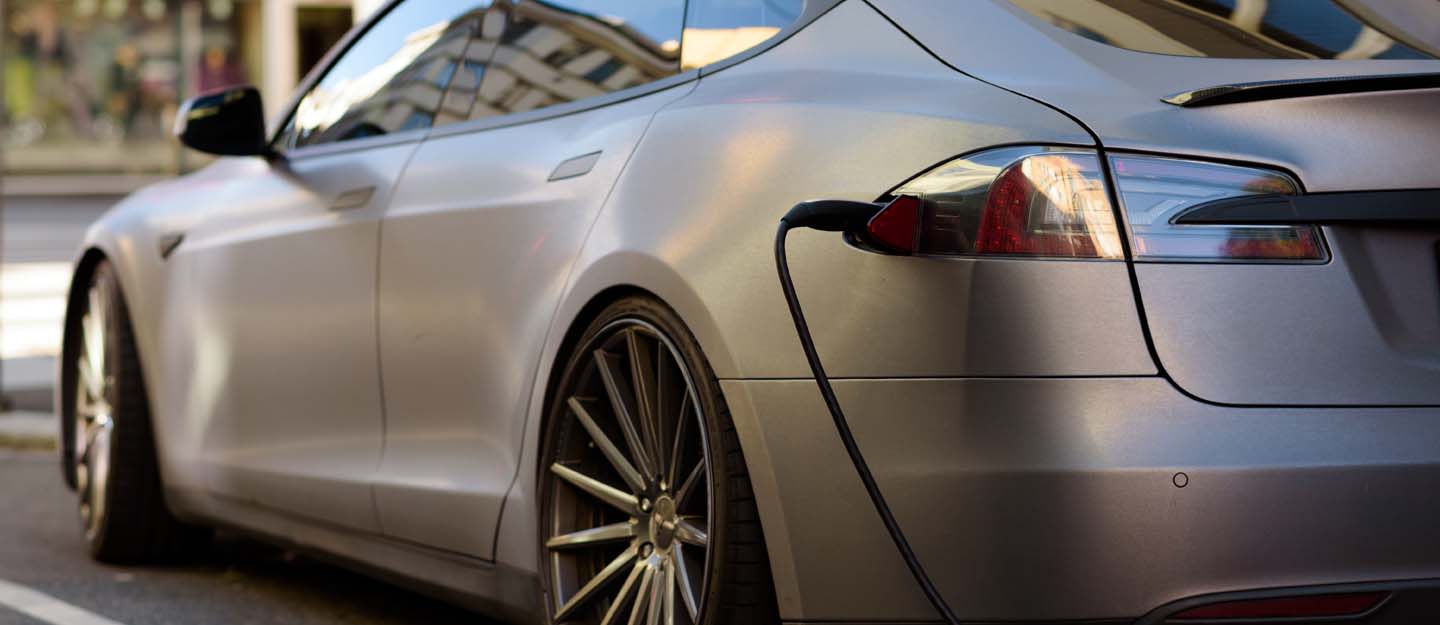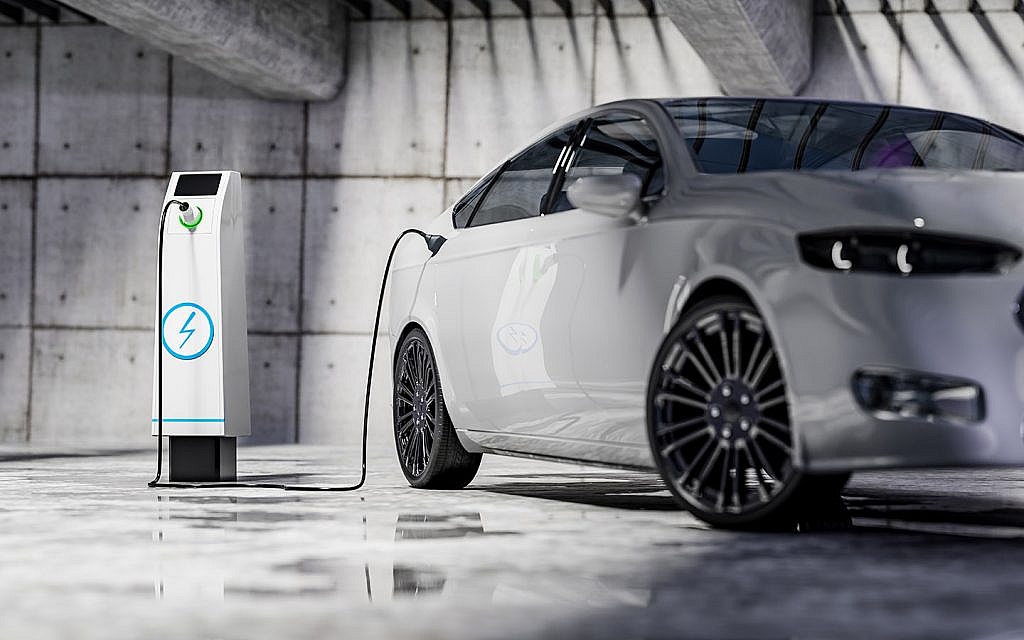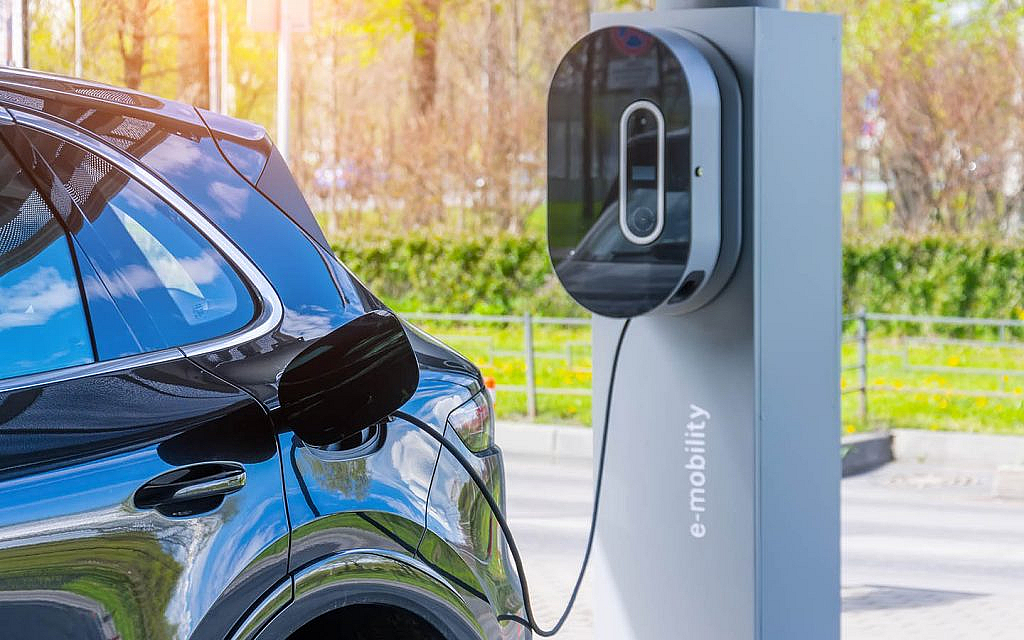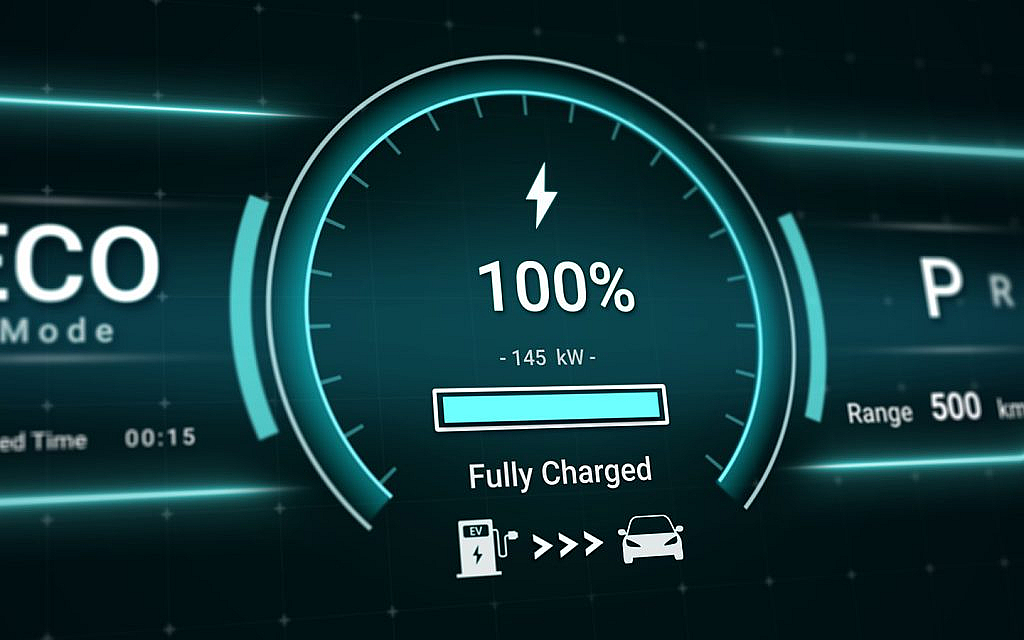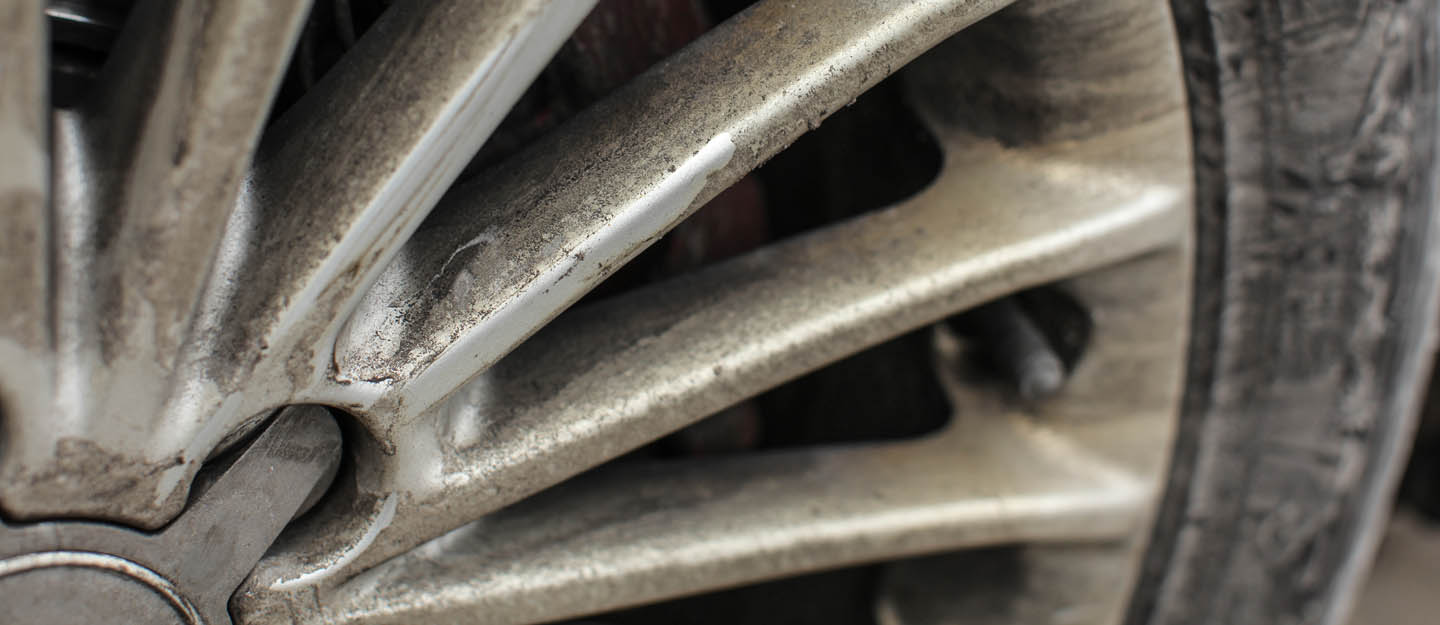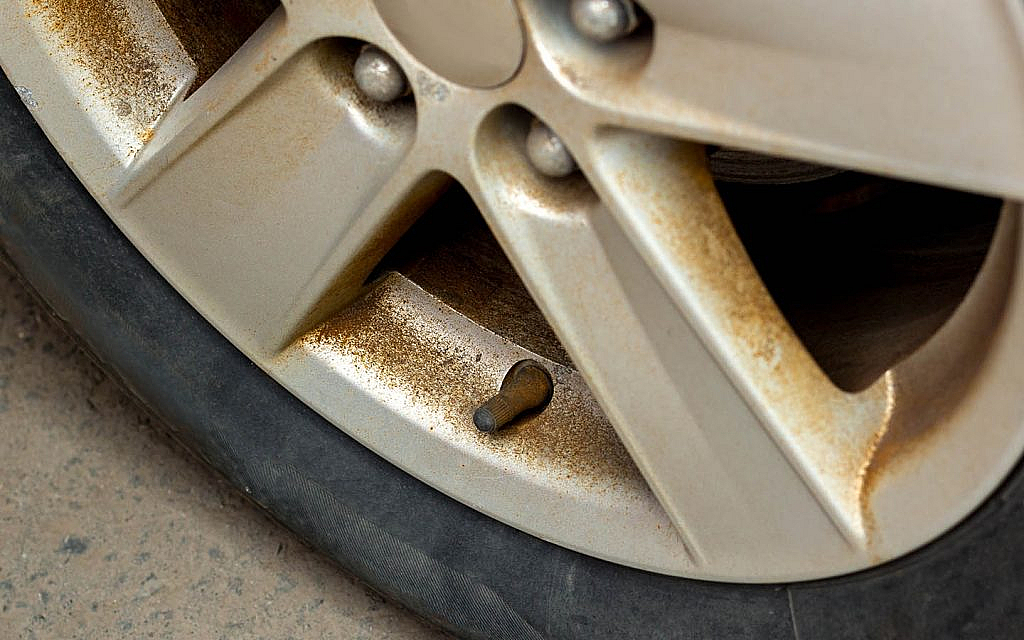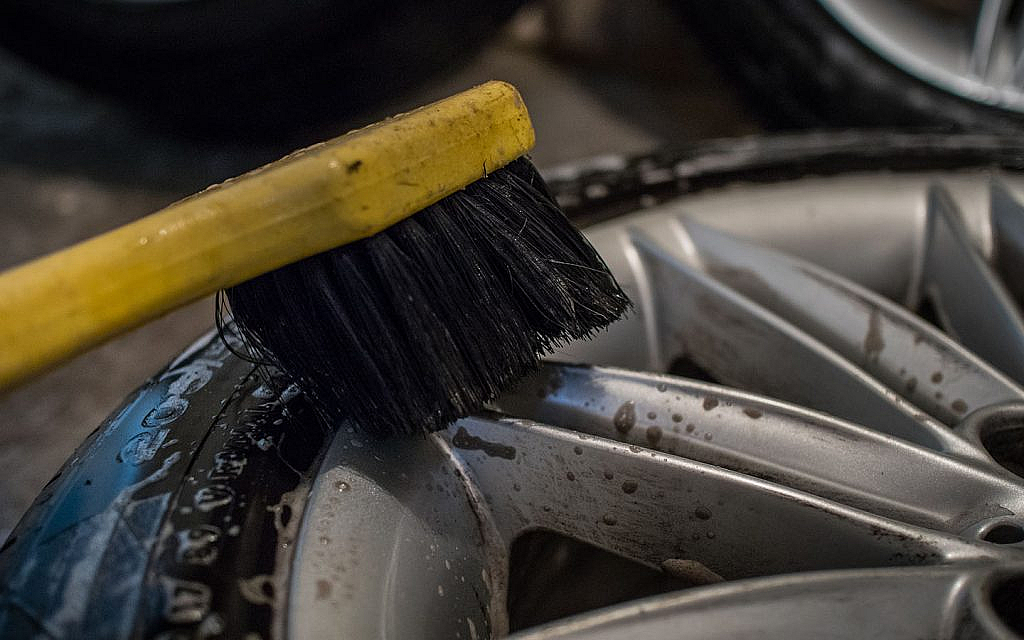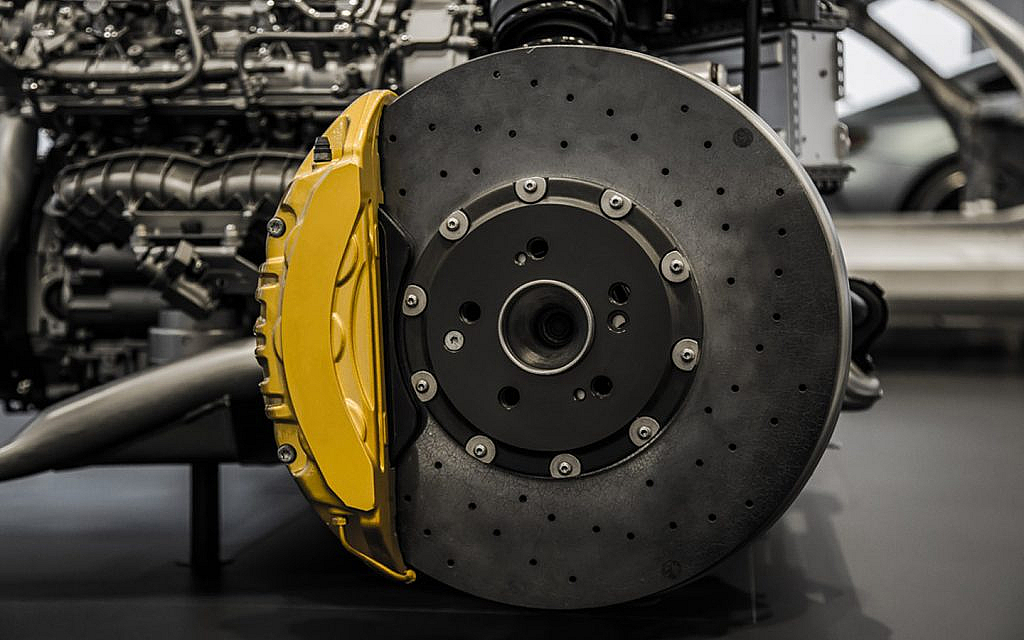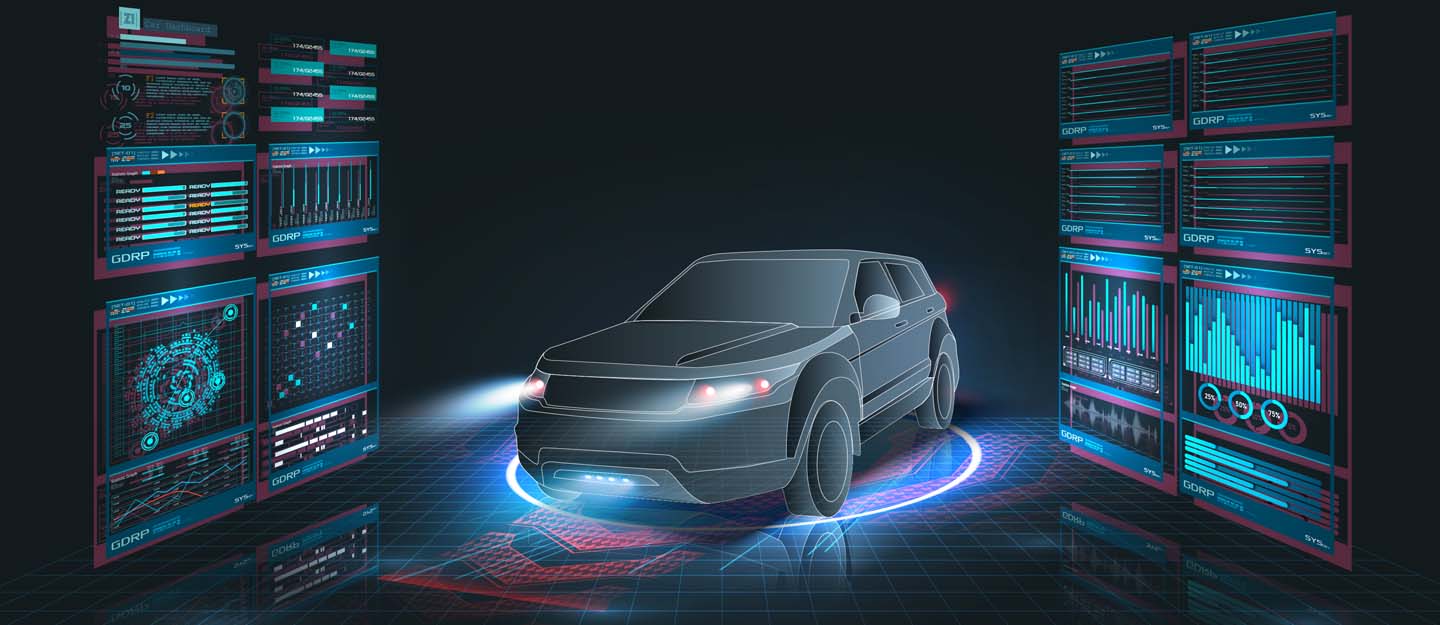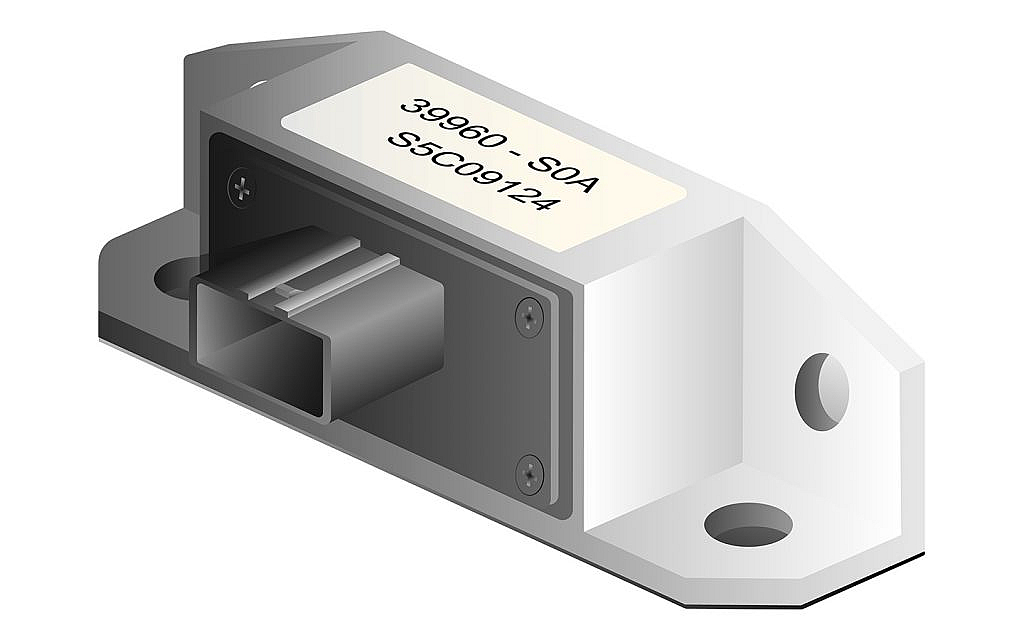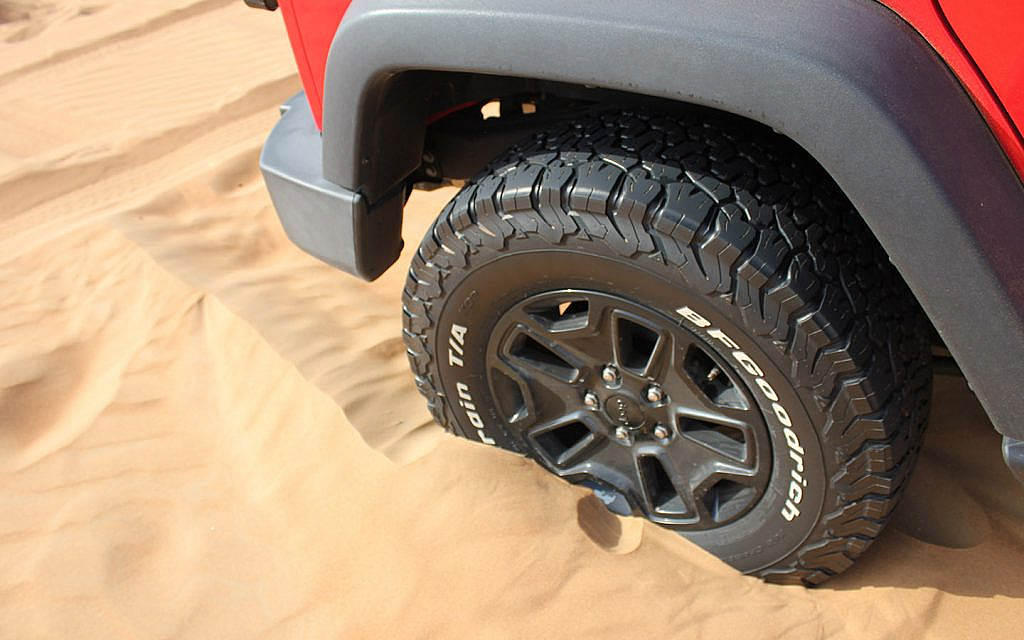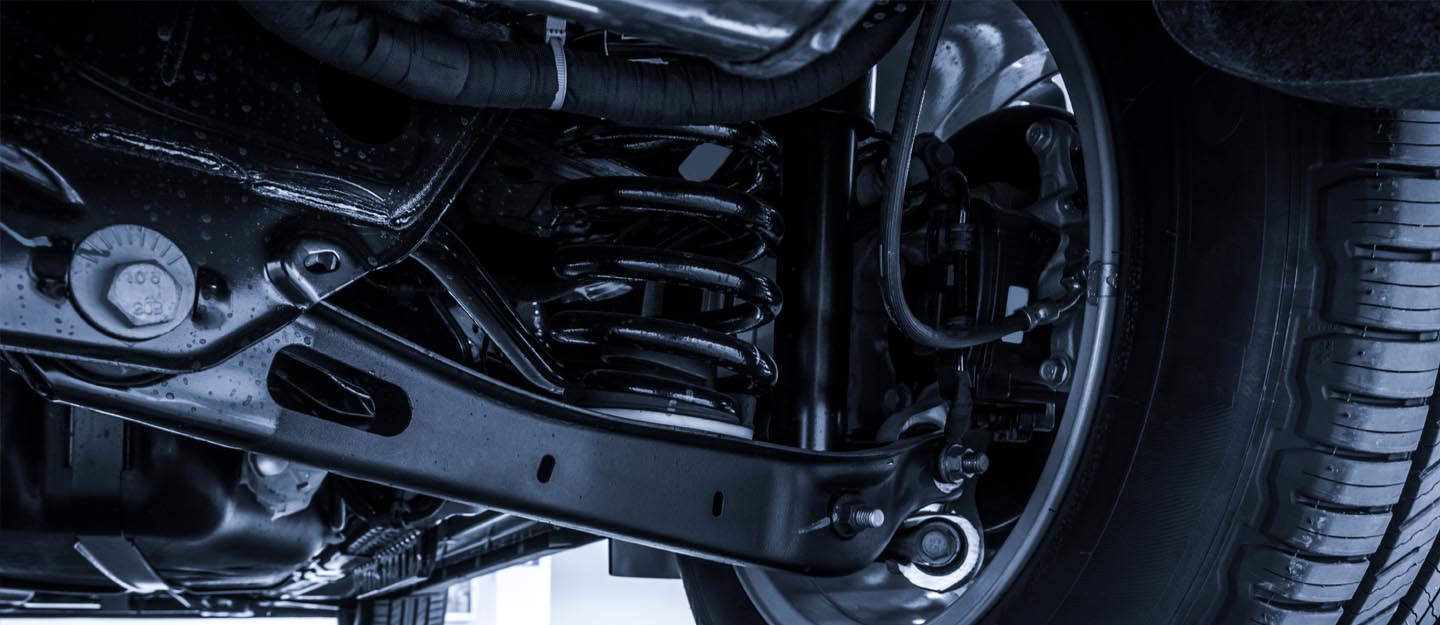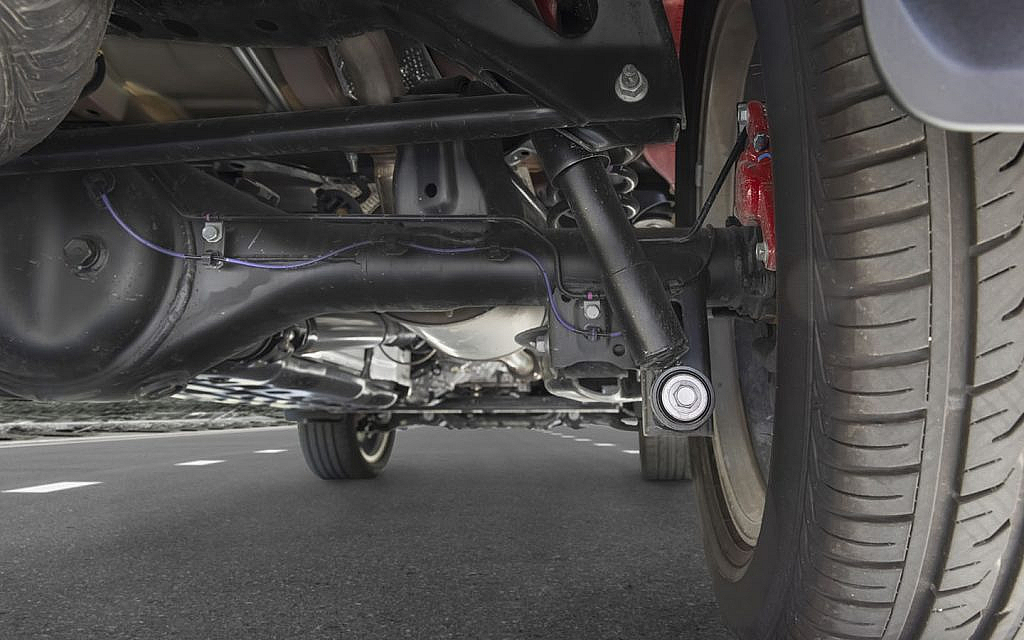Car Door Won’t Shut or Latch: Causes and Fixes
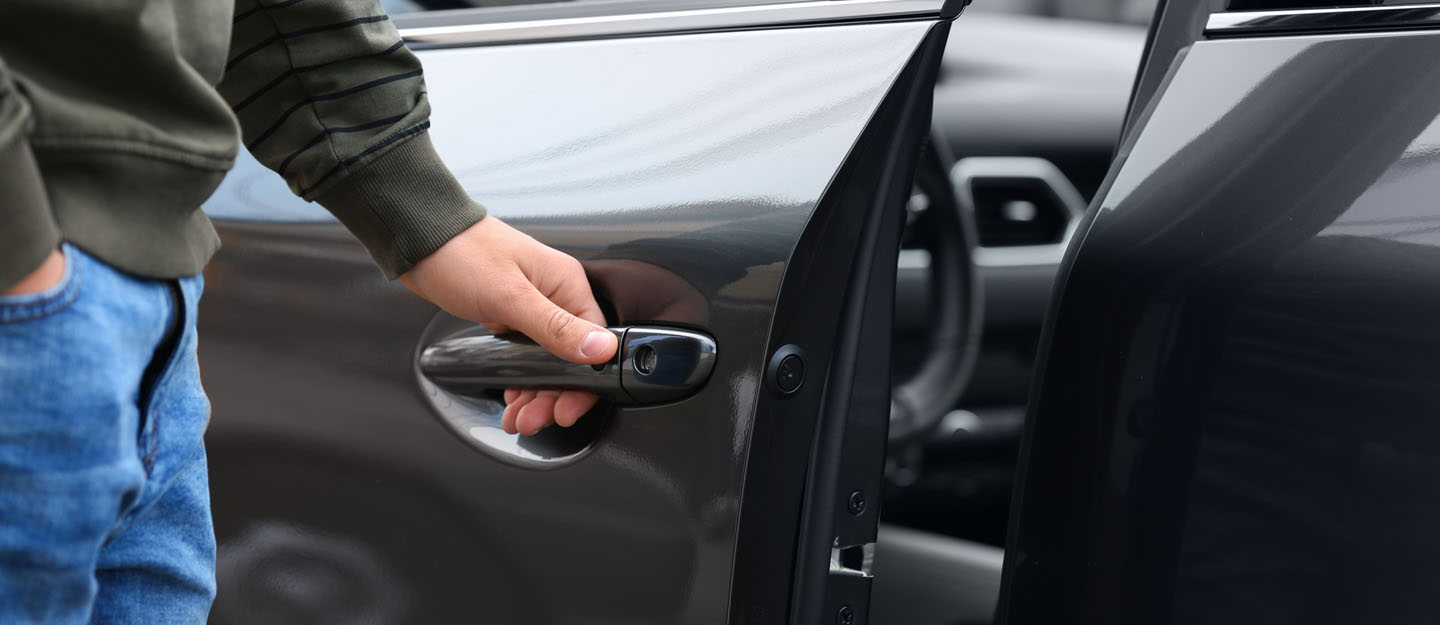
A car door serves as a safety component in case of a crash or an accident. However, like other car components, it is also subjected to constant wear and tear. That said, one may face inconvenience if their car door won’t shut or latch properly. The problem can occur due to multiple reasons which must be promptly inspected.
That said, we have penned the most common reasons why a car door won’t shut or latch. We have also provided solutions to fix these issues.
CAR DOOR WON’T SHUT OR LATCH–COMMON CAUSES
A car door is an integral part of the vehicle’s safety structure, whether automatic or manual. However, it may not serve its purpose properly due to malfunction. Sometimes, a car door won’t lock properly or it may not latch in place.
When it comes to a car door latch, it is an important component of the door. A latch secures the door in its place. In case it gets damaged, the car’s safety is compromised. We have gathered common causes of why a car door won’t shut or latch along with their fixes.
MISALIGNMENT OF LATCH AND DOOR

If the car has been involved in a collision or has undergone some kind of impact, the door may become misaligned. This prevents it from properly aligning with the door frame and latching securely.
Besides, even if there is a small gap between the door and the latch, it won’t close properly. An obstruction between the two surfaces also causes such problems, although it is usually found in old cars.
CORRODED JAW AREA
When the jaw area of a car door becomes corroded, it causes problems with the door’s functionality, including difficulties in shutting or latching properly. Corrosion typically occurs due to prolonged exposure to moisture, salt, and other environmental factors.
Additionally, when door hinges which are crucial parts of a car door become worn, they cause the door to sag or sit at an incorrect angle. This leads to difficulty in shutting the door completely.
STUCK LATCH
Another reason for this issue is a stuck car door latch in a closed position. When the door is closed, the latch is retracted. However, if the latching mechanism malfunctions, the door won’t be shut and would simply not latch.
DEBRIS
Dirt, debris, or foreign objects also obstruct the door latch or striker plate. This prevents the components from properly engaging.
BENT OR DAMAGED LATCH

Even if there is no misalignment between the components and they fit properly, sometimes the car door still won’t shut. This is because the latch mechanism can become bent, worn out, or damaged over time. This prevents it from engaging properly with the striker plate on the door frame, resulting in a door that won’t latch.
BROKEN DOOR HANDLE
Apart from the basics, there are several hidden functions of a car door handle. In case it gets broken or damaged, one can not easily open or shut the door. Besides, The door handle mechanism can fail or become worn out, preventing the door from closing properly. If the handle does not fully return to its resting position after use, the latch may not engage.
FAILING DOOR LOCK ACTUATOR
This reason is valid for modern and luxury cars. Such vehicles have a soft close mechanism which requires less effort to shut a door. A door actuator is responsible to lock and unlock the car door.
However, when the power lock motor of the door gets damaged, it hinders the simple usage of doors such as closing it. Also, faulty wiring, blown fuses, or malfunctioning sensors can prevent the door from latching correctly.
CAR DOOR WON’T SHUT OR LATCH- SIMPLE FIXES
Now that we have gone through the potential causes of why a car door won’t shut, here are some practical solutions.

LUBRICATE THE LATCH AND HINGES
The key solution is to keep all the components clean and well-lubricated. Apply a small amount of lubricant, such as white lithium or silicone grease, to the latch mechanism. This helps the components move smoothly and ensure proper engagement. Be sure to wipe away any excess lubricant to prevent it from attracting dirt and causing more problems.
CHECK DOOR ALIGNMENT
Carefully examine the door and its surrounding frame to see if there are any obvious signs of misalignment. If the door appears misaligned, try gently adjusting it by loosening the hinge bolts and repositioning the door before tightening them again.
CLEAN THE JAW AREA
Another tip on how to fix a car door lock mechanism is a thorough cleaning. Start by cleaning the corroded jaw area thoroughly. Use car interior cleaning products such as a cleaning solution and a soft brush or sponge to remove any dirt, grime, or loose corrosion. Rinse the area with clean water and dry it completely.
INSPECT THE STRIKER PLATE
The striker plate is the metal plate on the car’s frame that the door latches onto. Check for any visible damage, wear, or misalignment. If necessary, adjust the position of the striker plate to ensure it aligns properly with the door latch. Loosen the screws holding the striker plate in place and shift it slightly if needed.
CHECK THE DOOR LATCH
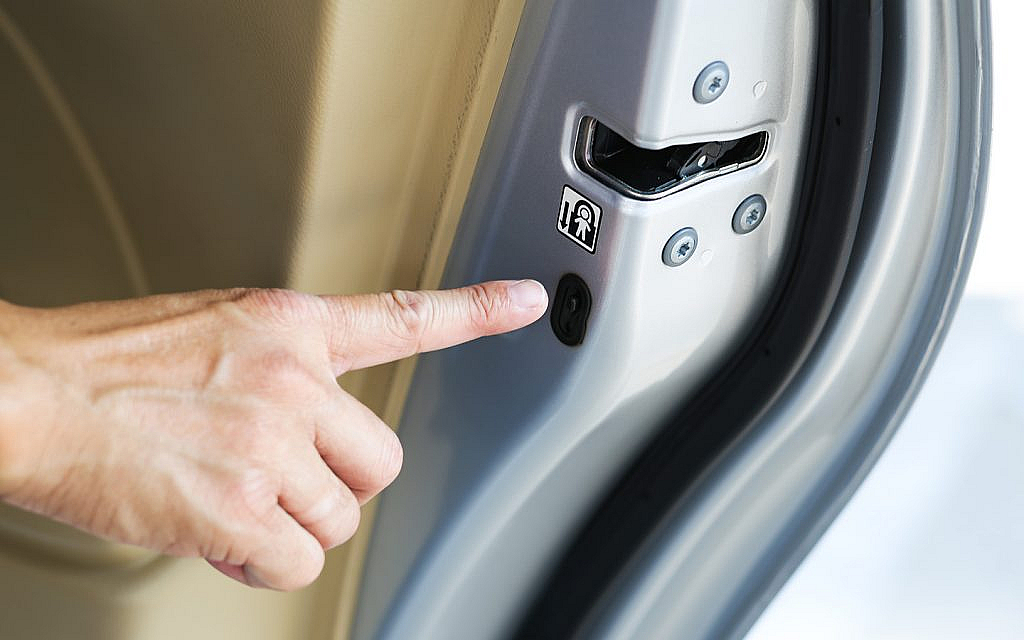
Another important method for car door latch repair is inspection. Close the door slowly and pay attention to any resistance or unusual sounds. If the latch still doesn’t engage, try pressing down firmly on the door handle while closing it. This helps ensure that the latch mechanism is fully activated.
Moreover, if these simple fixes don’t resolve the issue and the car door won’t shut properly, it’s recommended to consult a professional mechanic. One can also refer to dubizzle inspection services for the problem diagnosis.
This is all on the reasons and fixes of why a car door won’t shut or latch. These problems are quite common in cars and one must have a basic understanding to fix them timely. Additionally, if one is facing such problems frequently, it’s time for a change. Sift through these used cars for sale in the UAE with modern car door designs as the next ride.
Stay tuned to dubizzle’s cars blog for more on different problems of car parts and their solutions.

